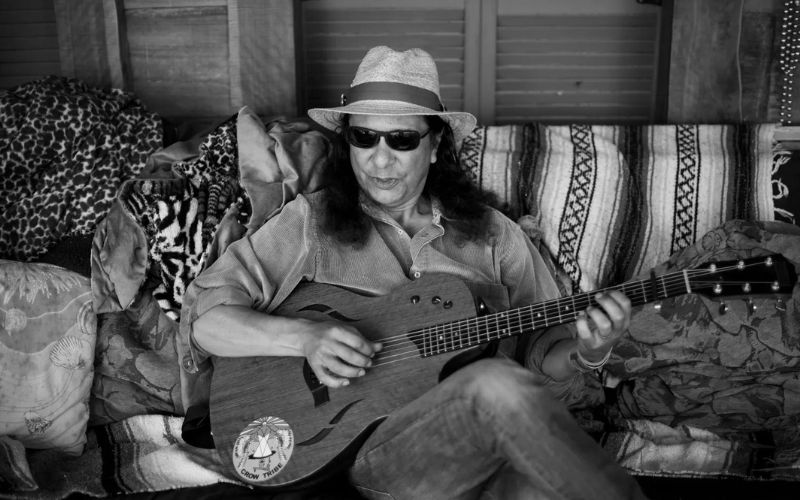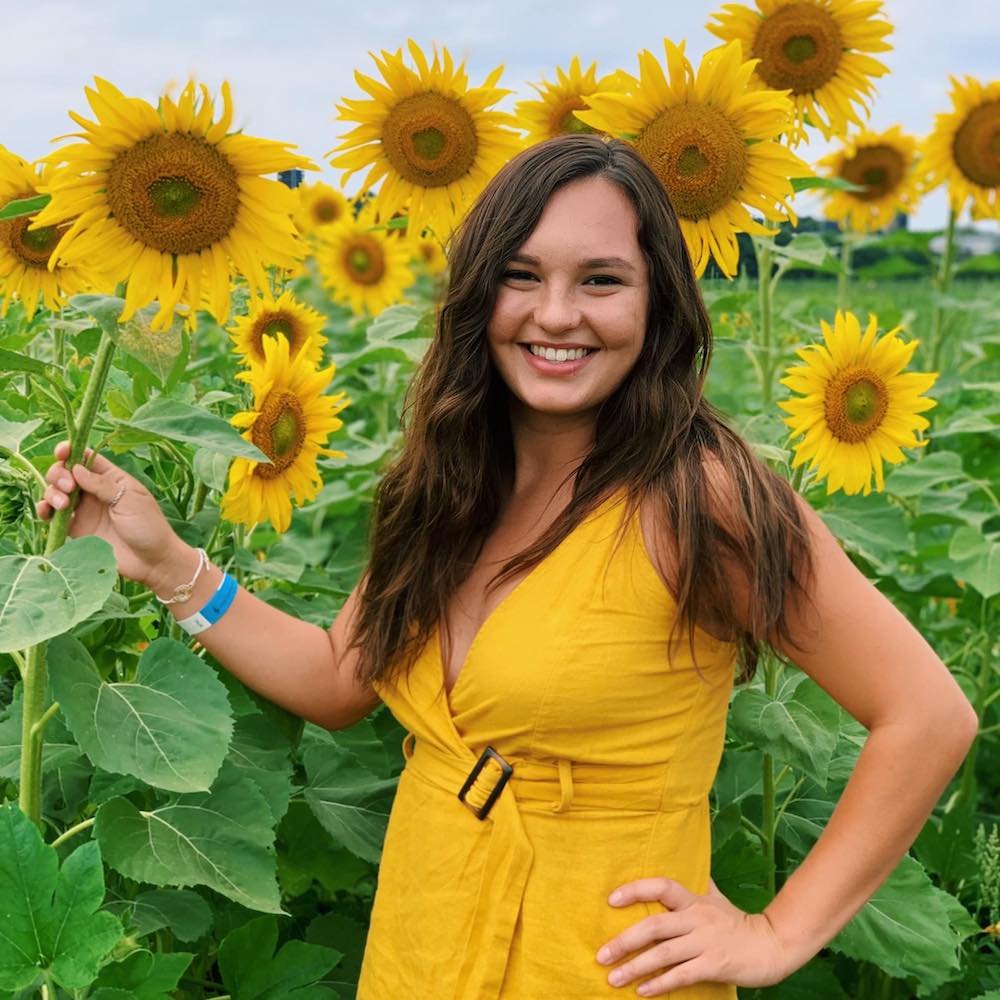
- Details
- By Kaili Berg
His latest album, “Innocent Allies,” honors his family’s Native American heritage and is inspired by Charles Morion Russell, the famous Western artist who created paintings of cowboys, Native Americans, and landscapes.
Morin’s music has reached millions and has performed at the Lincoln Center in New York, The Kennedy Center in Washington, D.C., the Vancouver Olympics, and the Paris Jazz Festival in France. He has won multiple Indigenous Music Awards throughout his career, as well as an Independent Music Award.
In Morin’s interview with Native News Online, he talks about growing up, what inspired him to create his new album, inspiration for his songs, what is coming up after his new album, and some inspiration for upcoming Indigenous artists.
This interview has been edited for clarity and length.
What drew you to the music industry while growing up?
Growing up in Great Falls, Montana, the music around town was largely folk and country. The bands used to play the same room for years every night, where I got to know them and watch them play. That’s how I learned to do things on stage and where I became interested in playing music.
Can you tell me about your latest album, “Innocent Allies,” released this January?
Years ago, I had this idea of doing a tribute album, and I was really interested in the production of projects from the late 60s to 70s. The Red Headed Stranger album by Willie Nelson was one of my father's favorites, and I heard it a lot. I was very appreciative of all its elements. Somewhere along the line, we were listening to that album and looking at these coffee table books that my folks left behind after they passed of Charlie Russel Paintings. I knew I could write songs about the paintings because they are so descriptive and vivid. Pretty soon, I had about 15 songs and began to record them. I took them to my friend Trina Shoemaker, and she helped me produce them further, and that’s how it came to be.
 Make A Donation Here
Make A Donation Here
What does the title reveal about the album’s themes?
It comes from a Charlie Russel painting, and in the scene there are four horses standing around on a hilltop and down below there are guys robbing a stagecoach. It talks about the horses being involved and are the better part of the situation. Coming from Crow culture, horses have always been really important in my life, and I really just liked the idea of it to incorporate that.
Your latest single, "Indian Hunters Return." from the album, what inspired the lyrics.
With that particular song, there was a painting that I was really familiar with because a print of that painting hung in my grandfather’s house growing up. I thought it was an interesting scene that depicts Native horseback riders coming into an Indian camp back in the day, and you can tell these guys are cold and have been out hunting all day, bringing back meat. I can only assume that the first stop they make is at an elder camp.
What are some exciting things you have coming up after the release of your new album?
We are planning some shows locally along with a couple shows around the U.S. coming up within the next few months with my band Ghost Dog. We have not gotten into booking a tour for the album release yet, but it is going to happen.
What is a message you want to give to up-and-coming Indigenous musicians that you wish you would have received?
I began playing piano and taught myself guitar, and as a young person I did not realize at the time how much it takes to move to the next level in your playing. There’s always so much more to learn, and over those years, I wish I had paid more attention to listening to other music and practicing more. I didn’t really start to practice until I was in my 40s, when I would start playing 10 hours a day. I regret that I did not start that sooner, because my playing and songwriting would have benefited from that.
More Stories Like This
Two Indigenous Group Exhibits Opening January 9, 2026 at WatermarkWatermark Art Center to Host “Minwaajimowinan — Good Stories” Exhibition
Museums Alaska Awards More Than $200,000 to 12 Cultural Organizations Statewide
Zuni Youth Enrichment Project Takes Top Emerging Artist Apprentices to Phoenix for Artistic Exploration and Cultural Immersion
From Dishwasher to Award-Winning Chef: Laguna Pueblo's Josh Aragon Serves Up Albuquerque's Best Green Chile Stew
Help us defend tribal sovereignty.
At Native News Online, our mission is rooted in telling the stories that strengthen sovereignty and uplift Indigenous voices — not just at year’s end, but every single day.
Because of your generosity last year, we were able to keep our reporters on the ground in tribal communities, at national gatherings and in the halls of Congress — covering the issues that matter most to Indian Country: sovereignty, culture, education, health and economic opportunity.
That support sustained us through a tough year in 2025. Now, as we look to the year ahead, we need your help right now to ensure warrior journalism remains strong — reporting that defends tribal sovereignty, amplifies Native truth, and holds power accountable.
 The stakes couldn't be higher. Your support keeps Native voices heard, Native stories told and Native sovereignty defended.
The stakes couldn't be higher. Your support keeps Native voices heard, Native stories told and Native sovereignty defended.
Stand with Warrior Journalism today.
Levi Rickert (Potawatomi), Editor & Publisher

